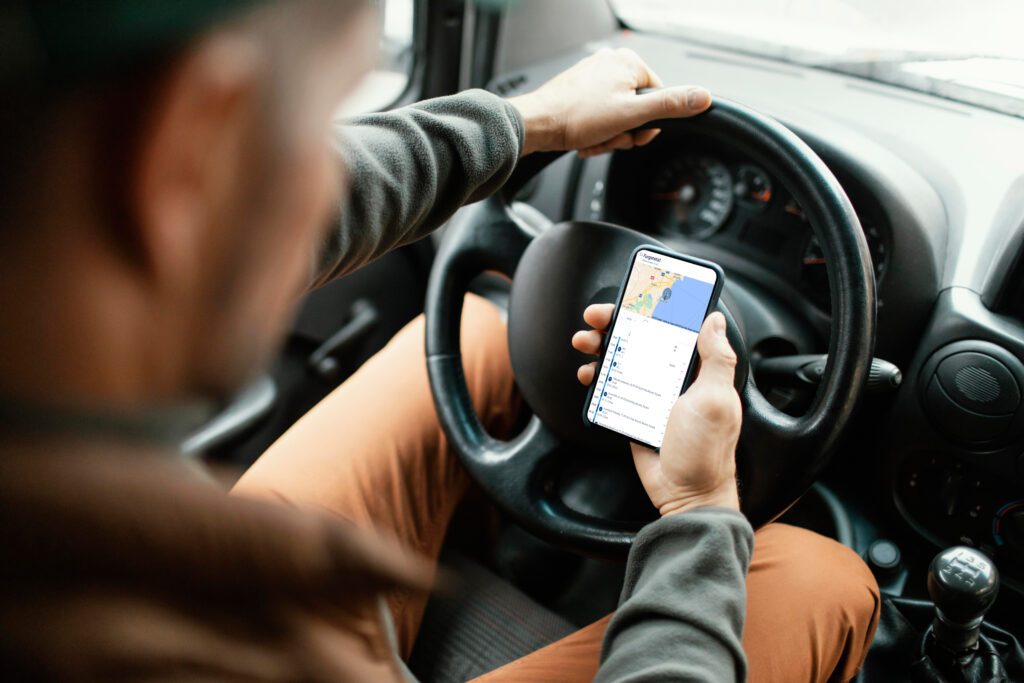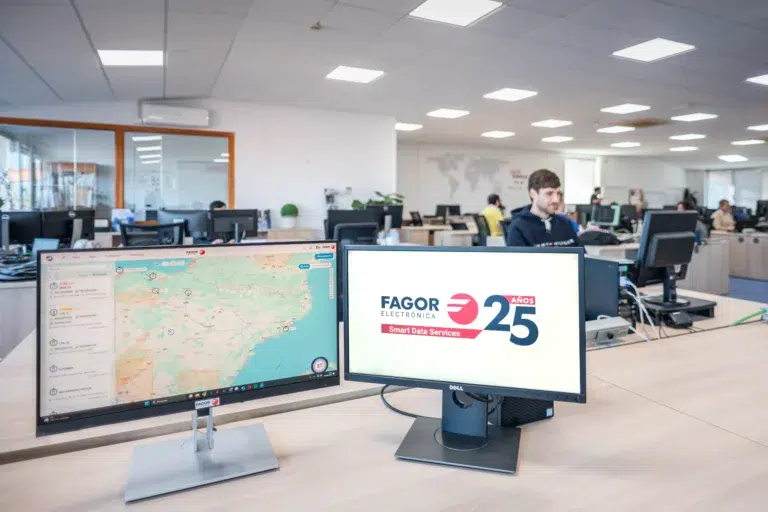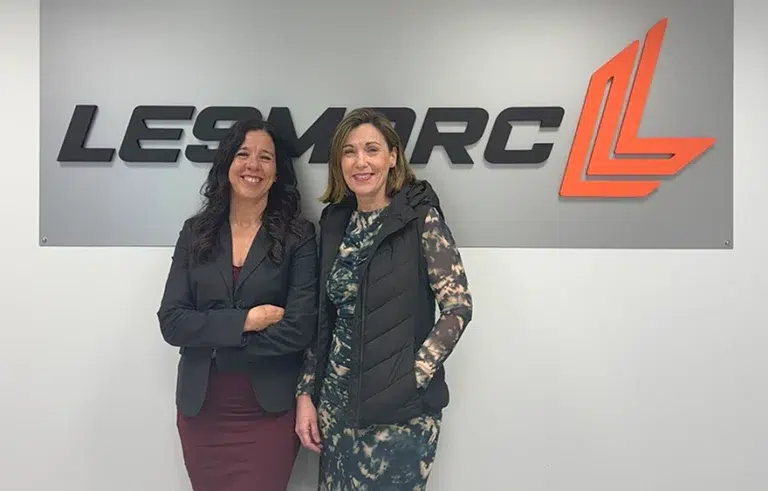Direct communication with our drivers is indispensable when we offer transport or distribution services. Communication covers several different levels in the supply chain process, from internal monitoring of fleet status, to more advanced intercommunication with the end customer or consignee to enable them to participate in the transport process.
In recent years, communication with drivers has changed and evolved dramatically; before 2000 there was almost no direct communication, the most advanced companies provided their drivers with paging terminals to which a message was sent and the driver had to wait for a call back, almost always with a call.
The arrival of mobile telephony in the early 2000s made this communication more fluid between traffic operators and drivers, although the economic cost was still very high and the communication very basic (only conversations).
With the introduction of smartphones and more affordable internet connectivity, the last decade has seen the communication with the driver change completely, taking simple conversation to a much higher level. Today, such communication is already open not only between operator and driver, but also to the customer or contractor of the service and to the recipient of the service, with their participation in the transport operation.
Functionalities such as FlotasNet On Route, provide the user with more advanced options than simple communication, allowing us to change a route when it is already underway, to plan and reduce driving times, optimise the route by reducing consumption and kilometres or interacting with the driver, providing all kinds of information or documents that they may need at any given moment.
One of the most vital aspects of FlotasNet On Route is the internal messaging, which has evolved from traditional messaging where the operator launched the messages to a two-way messaging, i.e. the driver can interact and reply to the operator through the same platform. To make this even more effective, another menu option that has been incorporated is that of files. In addition to being saved in FlotasNet On Route, these files can be shared with the driver via internal messaging as an attachment. This functionality solves many day-to-day delivery problems that require accompanying documentation that may have been misplaced or simply not physically attached to the goods. The driver will be able to attach the document and make the delivery, when in other cases, he would end up returning the goods to his logistics warehouse, to have to be managed in a second delivery, with the cost that this would entail for the company.
But the advance is not only focused on documentary aspects; the geolocation of the vehicle allows access to a navigation function, with which it is possible to geolocate the driver and, if necessary, send a new work order or modify the route according to any unexpected requirement that may arise.
As can be seen, in just a few years we have gone from having no communication at all with drivers to having detailed information, being able to interact with them, send and receive documents and forms, or even modify routes even when they are already in the delivery phase.
And we must not forget that all the data generated in the FlotasNet management system allows us to carry out an analysis of all the activity, in order to be able to make future decisions about our activity based on the rigour of the data generated.


Carlos Zubialde
Specialist Transport and Logistics Consultant


